Cognac VS, VSOP, XO : the different Cognac quality grades
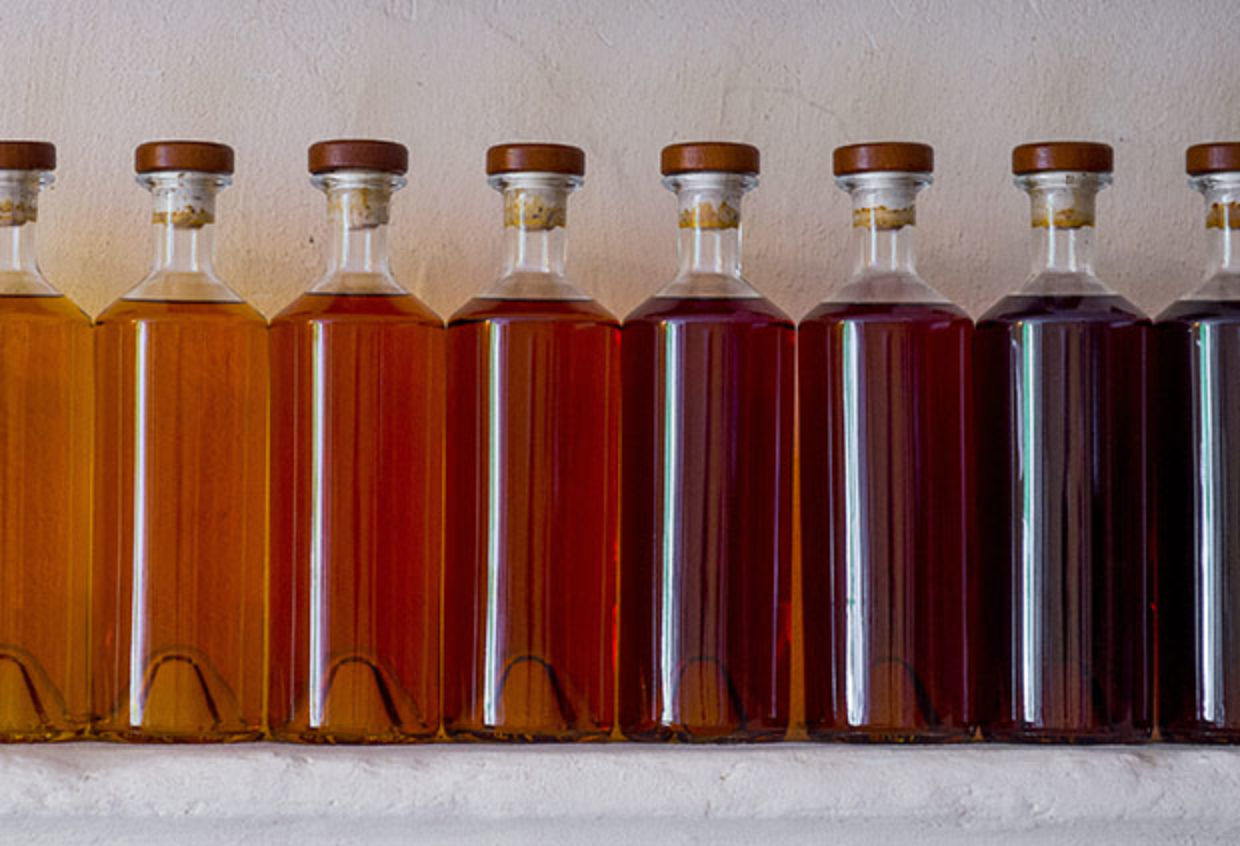
When it comes to choosing a bottle of Cognac, the range of different grades on offer can make selecting the best one a little complicated. The labels on the bottles are printed with V.S., X.O., V.S.O.P. and there are sometimes stars on the classification too. The price of each of the Cognac grades varies a great deal as well, so what does it all mean? What is the difference between a VSOP Cognac and XO Cognac ? Have a look at our guide to the classification of Cognac so you can understand what you are buying.
Sommaire
The Classification of Cognac
What is the difference between brandy, Cognac, Armagnac and Calvados?
Firstly, it is important to know that Cognac is a brandy that has been made in a specific region of France, around the town of Cognac in the Department of Charente (16). The name is protected by French law which dictates the type of grapes used and many of the stages involved during the distilling and ageing process.
Cognac starts life as a white wine and then it goes through a double distillation process followed by periods of ageing in oak barrels. Some of the colour and distinct taste comes from the oak used. It is a process that has been handed down through families creating a liquor that is famous around the world.
The brandy must have been aged for a minimum of 3 years in oak barrels before it can be officially sold as a Cognac. During this aging process, the distilled liquid is known as the eau-de-vie.
The longer the Cognac is left to age, the more the colour will darken, so younger Cognacs will generally have a lighter tone compared to the older versions.
Armagnac is a brandy that has been legally made in the Armagnac region in Gascony, and Calvados is made using apples and pears in the Normandy and Brittany area of France.
What do the different Cognac grades mean?
The lettering given to the different Cognacs acts as a guide to the age of the brandy :
- V.S. Cognac is the youngest, and the letters stand for Very Special. This Cognac can also be marked with 3 stars. For this classification, the eau-de-vie has been left to age for at a minimum of 3 years.
- V.S.O.P. Cognac is a Very Superior Old Pale classification, and it is sometimes given a 5 star marking. The eau-de-vie has been aged for a legal minimum of 5 years.
- X.O. Cognac is Extra Old. Since April 2018, X.O. can only be used if the eau-de-vie has been aged for a least 10 years. Prior to 2018, it only had to age for 7 years. This change was dictated by the B.N.I.C. in 2011. There will be bottles available that had the X.O. label applied before the 2018 changes.
- X.X.O. or the Extra Extra Old classification. This is a recent category and was added because producers wanted a way to show they had something a little older to offer their customers. This classification means that the Cognac will have been aged for at least 14 years.
- Napoleon, Réserve Familiale or a Vieille Réserve must have been aged for at least 10 years, but in practice these Cognacs will normally have been aged for many more years to give it a celebrated taste.
- Hors d’Age is widely considered the highest quality Cognac. This will have been aged, usually for more than 30 years but in many instances, it is difficult to tell the exact age of Cognacs in this classification as they have been around for so long.
We have listed here the legal Cognac grades for each of the classifications used, but in reality, many producers age their Cognacs for a lot longer than the minimum.
Producers have their own traditions and processes that give their Cognac its distinctive flavour, colour and quality. As long as the minimum requirement is reached, and it is made in the official region, the brandy can legally bear the esteemed Cognac name. Leaving the eau-de-vie to age is a costly process, and this is why the older Cognacs are priced higher. There are also fewer for them, so they are rarer and more sought after.
At Maison Painturaud, we have seven different Cognacs in our shop and we have established our own age for each of the labels.
- The VSOP Grande Champagne Cognac has been aged for a minimum of 5 years.
- Our Réserve Cognac has been aged for 10 years and the Vieille Réserve has been aged for at least 20 years.
- The XO Grande Champagne Cognac has an age of 25 years.
- Our Hors d’Âge has been aged for 40 years.
- The Générations Cognac has been aged for 60 years.
- The Secrets de Famille Cognac has been aged over 80 years.
When it comes to purchasing the finest Cognac, the minimum age for each classification is set, but we go beyond the minimum with most of our labels. The longer the eau-de-vie is aged, the better it is and the more prestigious it becomes.

 French
French

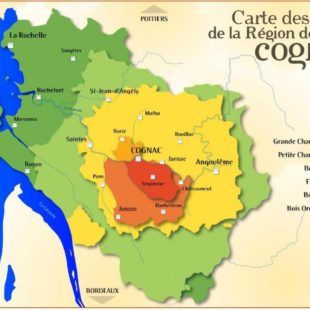
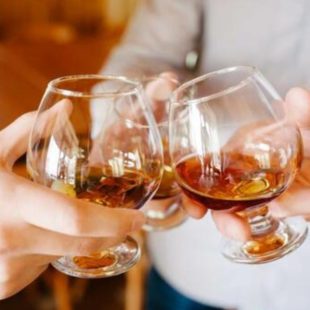
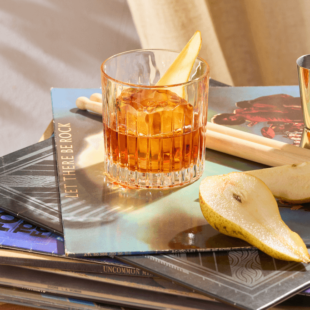
Reply
You must be logged in to post a comment.